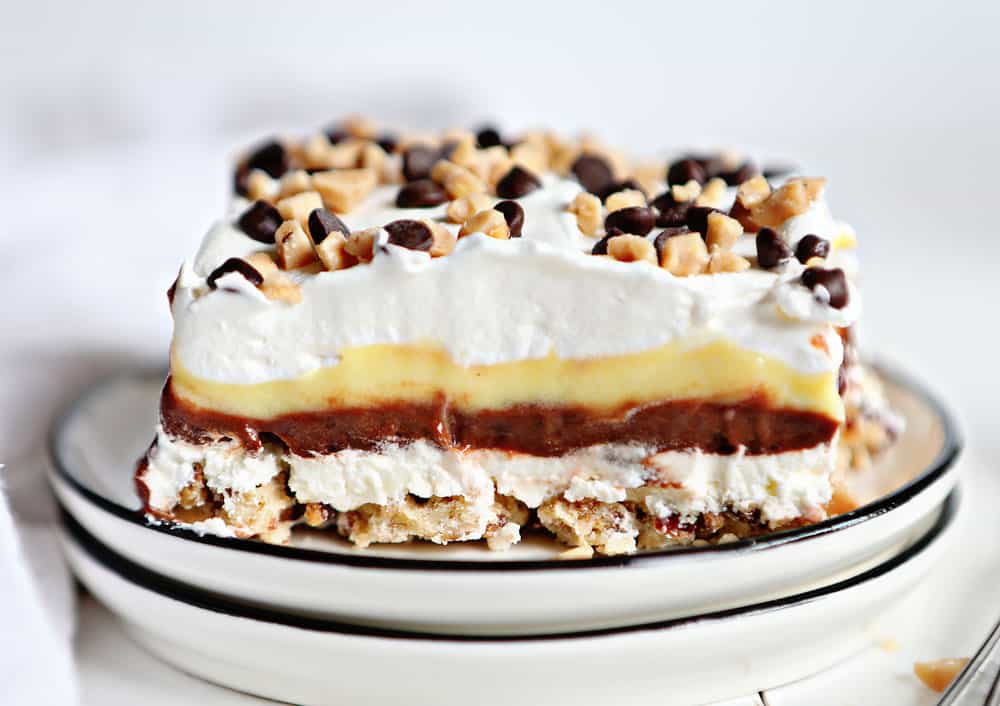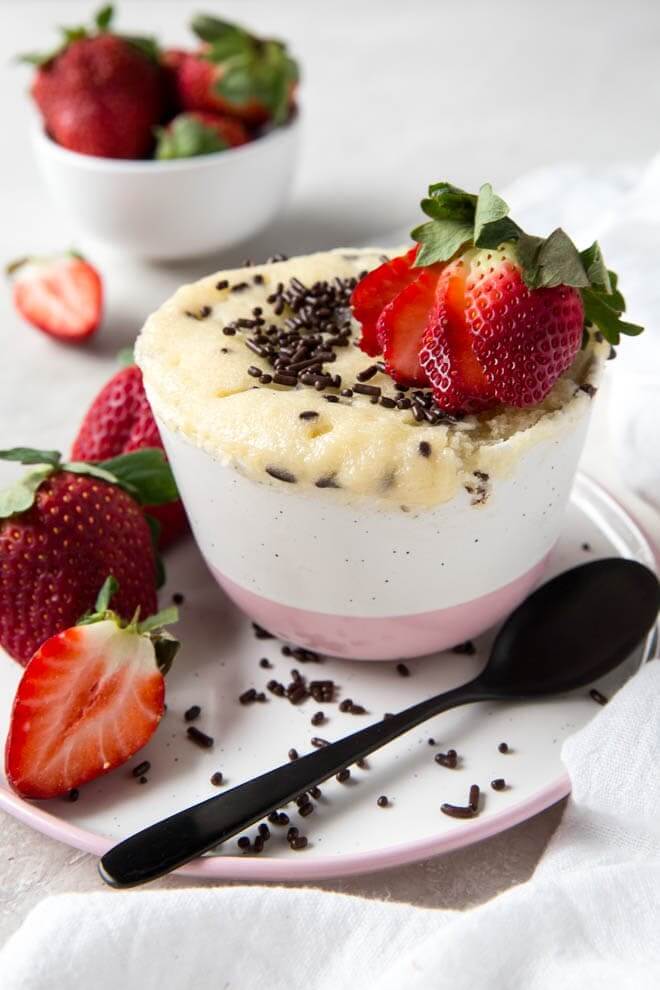There are many towns in the world where I feel instantly at home; Colombo is one such town. Centuries of Colonial rule (The Dutch, Portuguese, and the British have been all here) have left their stamp on the town’s architecture and culinary scene. There are many similarities between nearby cuisine and Tamil Nadu and Kerala food. During my ultimate visit here, it turned into a Sri Lankan dessert that turned into the focal point of my meal trails inside this colorful town with a warm, pleasant vibe. A course that took me to the Dutch Burgher Union, a colonial technology membership where a huge section is open to the public.
Right here, I attempted one of the high-quality versions of Sri Lanka’s well-known dessert – Manalapan (or watalappam). According to more than one local culinary expert I met in Colombo, this steamed coconut custard pudding’s origins may be traced back to Malaysia. The dish is assumed to be delivered to the U.S. S. In the 18th Century, Sri Lan, kan Malays moved from Indonesia when big elements of coastal Sri Lanka were under Dutch management. Today, it’s a dish that has come to be strongly identified with Sri Lanka’s Muslim community and is part of a traditional Eid-al-Fitr (marking the quit of the fast of Ramadan) feast in many Muslim homes inside the u. S. A.

Later, for the same experience, I tasted a delicious version of the Manalapan at the Shangri-La Inn in Colombo (see recipe). I worked with the culinary crew on the appropriate watalappam ingredients. Kitul jaggery (much like karupatti or palm jaggery in Tamil Nadu or Nolen Gur in West Bengal) and coconut cream are important components. Unlike a creme brulee or a caramel custard, this dessert doesn’t need any caramelization because it uses jaggery instead of sugar.
This dessert receives its mild-as-air texture from the eggs. Apart from the jaggery, the Manalapan additionally gets its wonderful flavor from the diffused hint of spices. I’ve attempted homemade variations in Sri Lanka and Tamil Nadu (this dessert is served in a few homes right here), wherein the handiest cardamom powder is used, and a few variations (like our recipe) that function as extra spices. This recipe is tremendously easy, but make sure you supply excellent nice jaggery before you try this at home:
Method:
- Preheat oven to 160 degrees C.
- Brush ramekins with a skinny layer of oil.
- Add all spices and jaggery to the coconut milk.
- Heat the coconut milk to eighty degrees C for around 10 minutes and let the spices infuse the coconut milk and the jaggery to dissolve fully.
- Meanwhile, separate the egg yolks from the whites.
- Beat the egg white till soft peaks are formed and set apart.
- Take the coconut milk off the warmth, try to dispose of spices, and allow it to cool to 60 degrees C.
- Whisk within the egg yolks and maintain to chill the mixture to around 5 degrees C.
- Gently fold the whipped egg whites into the aggregate and fill them into the ramekins.
- Add a thin layer of water to your baking tray to avoid overcooking your watalappam.
- Add the ramekins to the oven and bake for 30-40 minutes.
- Remove the watalappam from the oven, allow it to cool down for 15 minutes, and sprinkle your cashew nuts evenly on top of the floor (optionally available step).
Traditionally, this is a steamed dessert; however, many homes and restaurants have switched to baking the Manalapan over the past couple of years. Aside from variations in spices, the garnish for this dessert also boils down to non-public preferences. It’s not unusual to discover Manalapan served with a sprinkling of cashews. However, I decided upon it without the nuts. Of direction, both variations are equally delicious.







